Ask AI on The Internet
Question: In Tutorial Letter 501, specifically in Unit 5 of the study guide, various concepts are introduced and examined, with a primary focus on developing critical thinking skills through the exploration of writing. Instructions: Following this introduction, analyse the provided cartoon and respond to the questions that follow: Instruction: Study the cartoon below and then answer the questions that follow: Source: https://www.cartoonstock.com/directory/p/plagiarism.asp Question 1 1.1Name and explain the purpose of the punctuation mark at the end of "DON'T YOU HATE" in the cartoon. (3 marks) 1.2What is happening in the cartoon? Write a short storyline of the cartoon. (5 marks) 1.3 What message do you think the cartoon is trying to convey? (2 marks) 1.4 In a paragraph of 5 sentences, tell us about an instance in which you or someone else found themselves in a similar situation to the one portrayed in the cartoon. (6 marks) 1.5 Mention and explain at least 2 things a student should do or actions one may take to avoid finding themselves in a similar situation to the one portrayed in the cartoon.
Based on the instructions provided, I'll guide you through answering each question as if the cartoon is at hand. If you refer to the Cartoon Stock website and find a specific cartoon relating to plagiarism, the following analyses would be relevant. ### Question 1 #### 1.1 Name and explain the purpose of the punctuation mark at the end of "DON'T YOU HATE" in the cartoon. **Answer:** The punctuation mark at the end of "DON'T YOU HATE" is likely an ellipsis (...). Its purpose is to create a pause that indicates an unfinished thought or a build-up to something significant. In the context of the cartoon, the ellipsis might be used to emphasize the expectation of a common frustration, leading to the punchline or main message of the cartoon, which likely has to do with the theme of plagiarism. #### 1.2 What is happening in the cartoon? Write a short storyline of the cartoon. **Answer:** In the cartoon, there are likely two characters, perhaps students or colleagues, discussing something involving academic work or creativity. The first character starts the conversation with "DON'T YOU HATE" and then a build-up to something that is commonly disliked. The second part likely reveals a context where both characters are ironically engaged in plagiarism or blaming each other for copying work, driving home the humor and irony of the situation. #### 1.3 What message do you think the cartoon is trying to convey? **Answer:** The cartoon likely aims to highlight the irony and humor found in the common issue of plagiarism. It may use satire to show how people often complain about being plagiarized while possibly not considering their own actions, thus bringing attention to the hypocrisy or the widespread nature of the problem. #### 1.4 In a paragraph of 5 sentences, tell us about an instance in which you or someone else found themselves in a similar situation to the one portrayed in the cartoon. **Answer:** During my second year of university, I had an assignment deadline approaching and my friend and I decided to work together. We ended up discussing the topic so thoroughly that our final papers had eerily similar phrasing and even a few identical sentences. When our professor pointed out the similarities, we were horrified and had an intense discussion about how to proceed, realizing the severity of what we had done even unintentionally. We apologized to our professor, explaining it was a genuine mistake and were given a chance to rewrite our papers. This entire experience taught us a valuable lesson about academic integrity and the thin line that exists between collaboration and plagiarism. #### 1.5 Mention and explain at least 2 things a student should do or actions one may take to avoid finding themselves in a similar situation to the one portrayed in the cartoon. **Answer:** 1. **Understand and Use Proper Citation Methods:** A student should familiarize themselves with the proper citation rules of their academic institution or the specific style they are required to use (e.g., APA, MLA). Properly crediting all sources from which ideas, quotes, or any referenced work are derived helps in maintaining academic integrity and avoiding accusations of plagiarism. 2. **Develop Original Ideas and Voice:** While it’s important to research and understand the work of others, students should focus on developing their own perspective and voice in their writing. Paraphrasing rather than copying text directly, and adding one's own analysis or critique, ensures that the work reflects their unique contribution and understanding of the subject matter. Additionally, maintaining good notes with clear distinctions between one's thoughts and cited material can minimize the risk of unintentional plagiarism.
Think your answer is better than the AI's? Post it below.
Other Most Relevant Posts:
Question Tags
If you want your question answered by an AI, click here.
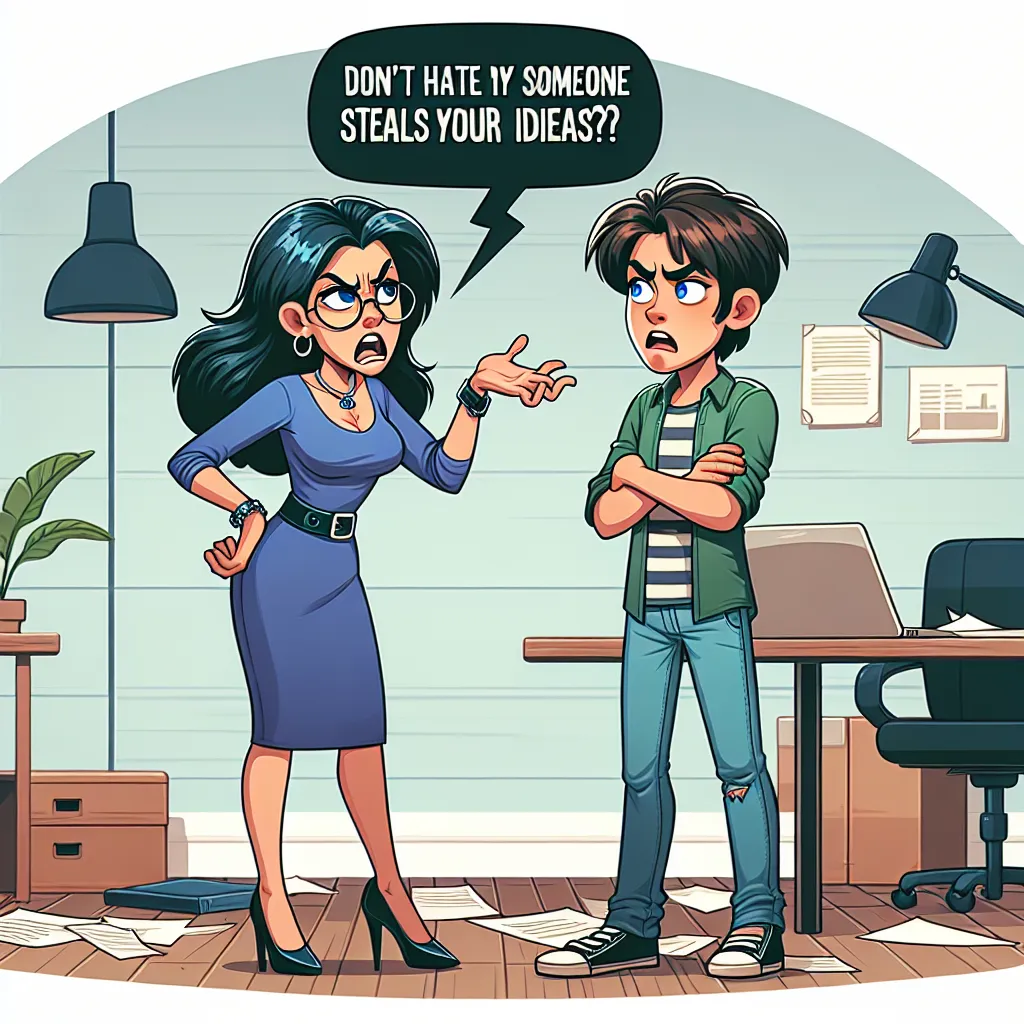
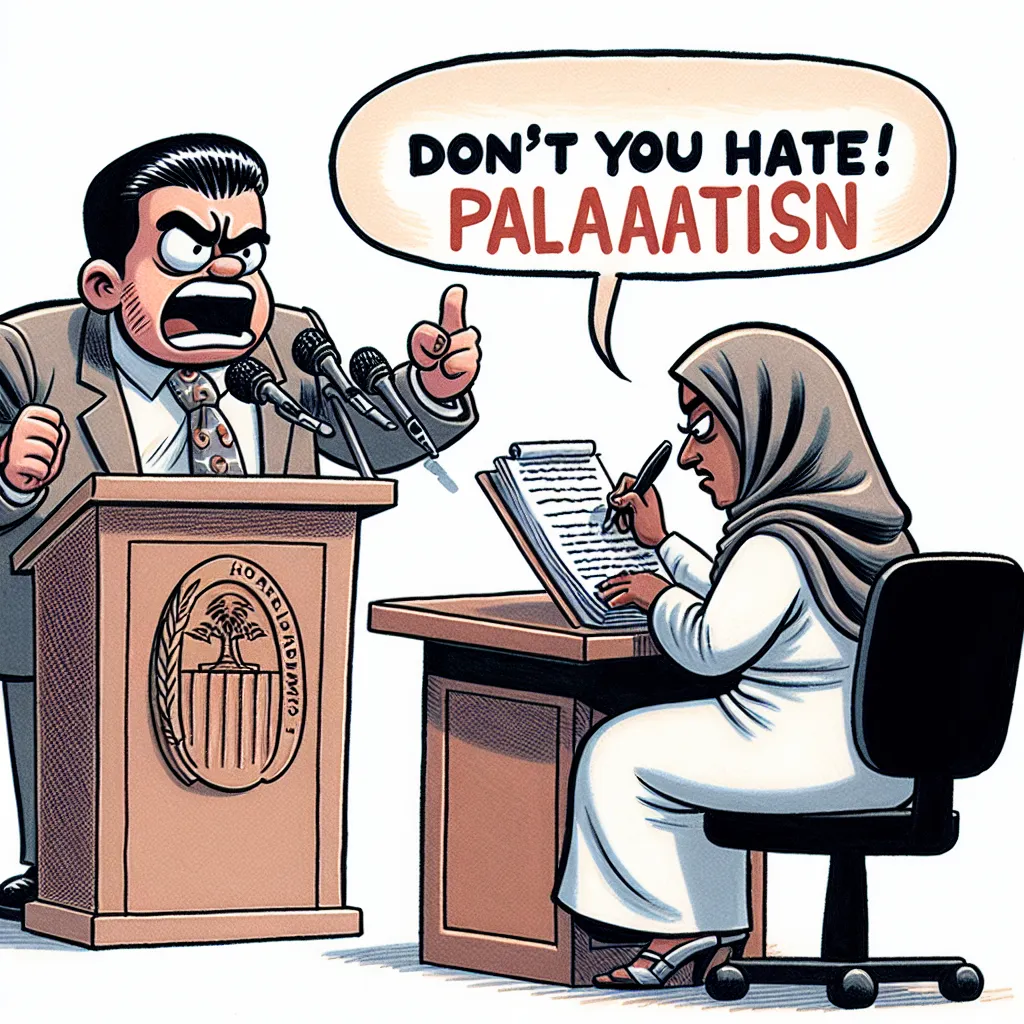
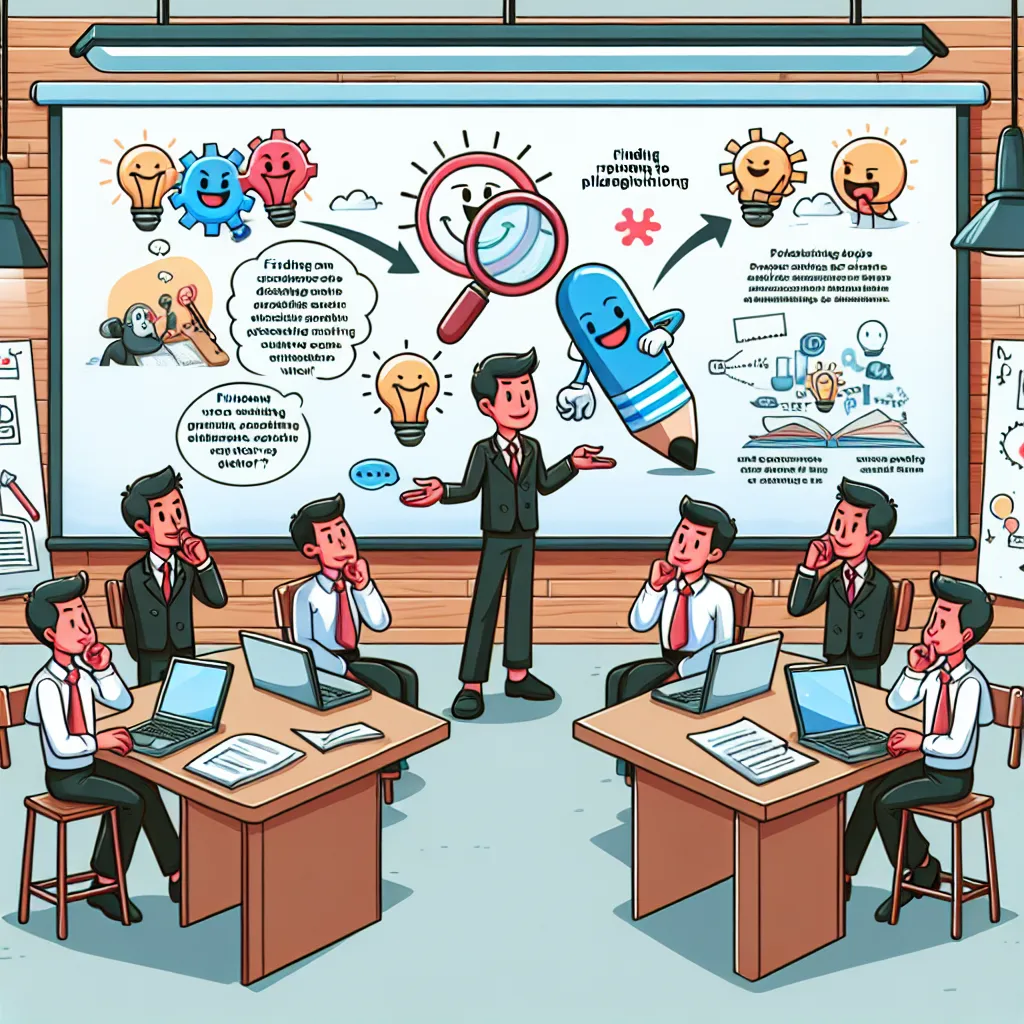
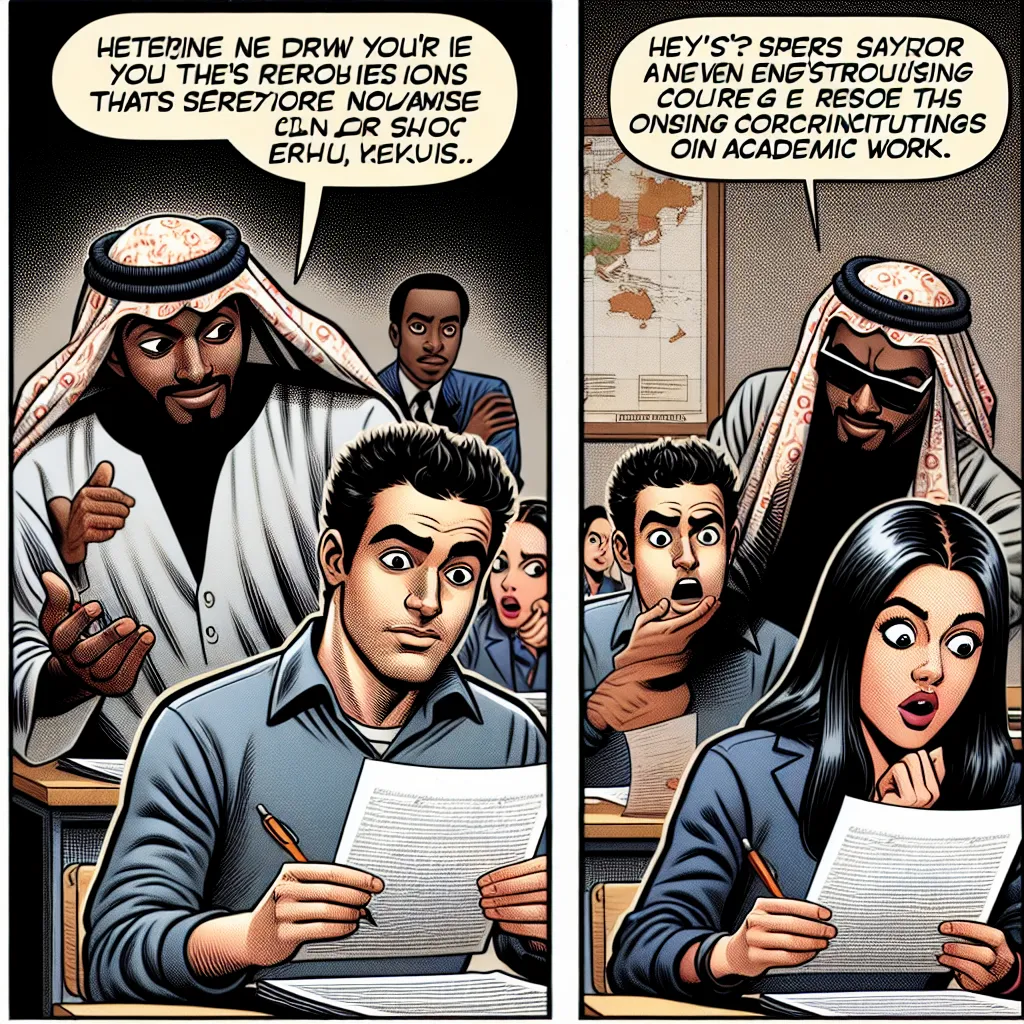

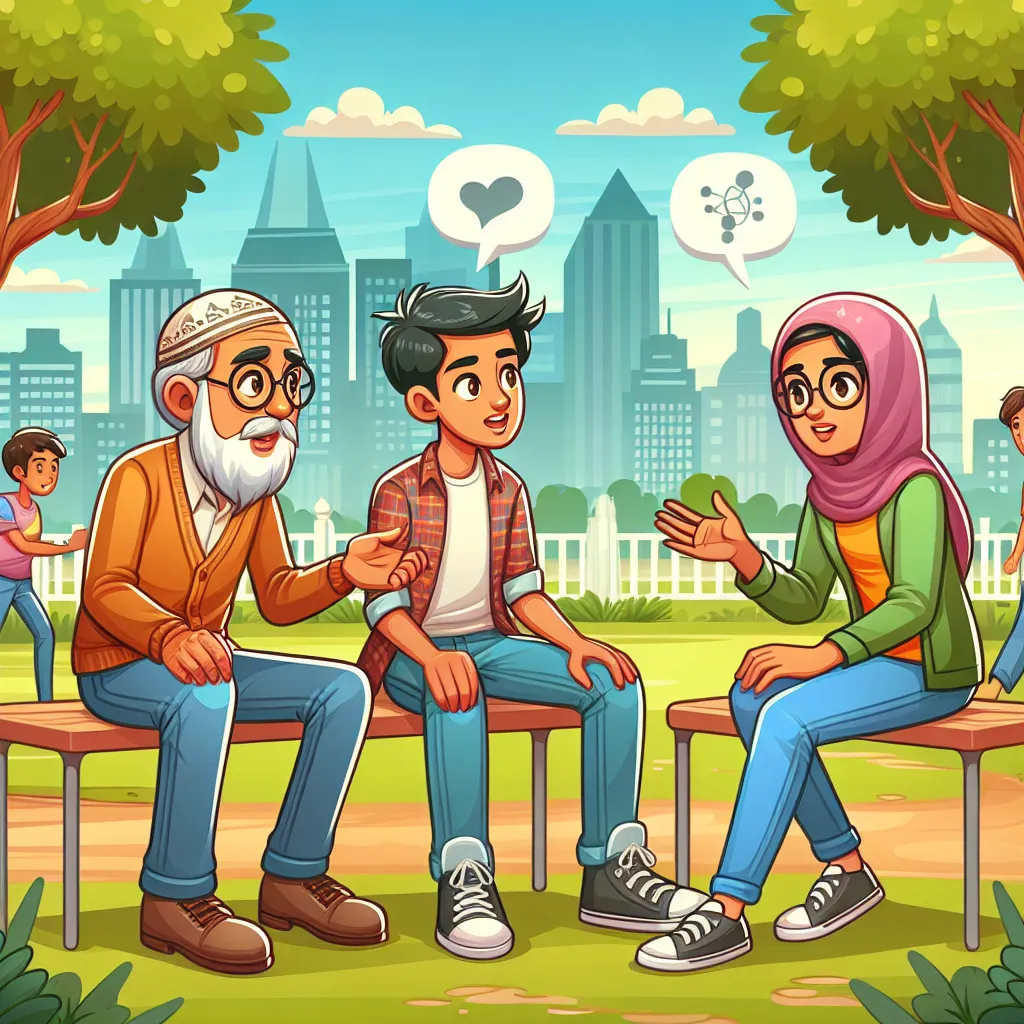
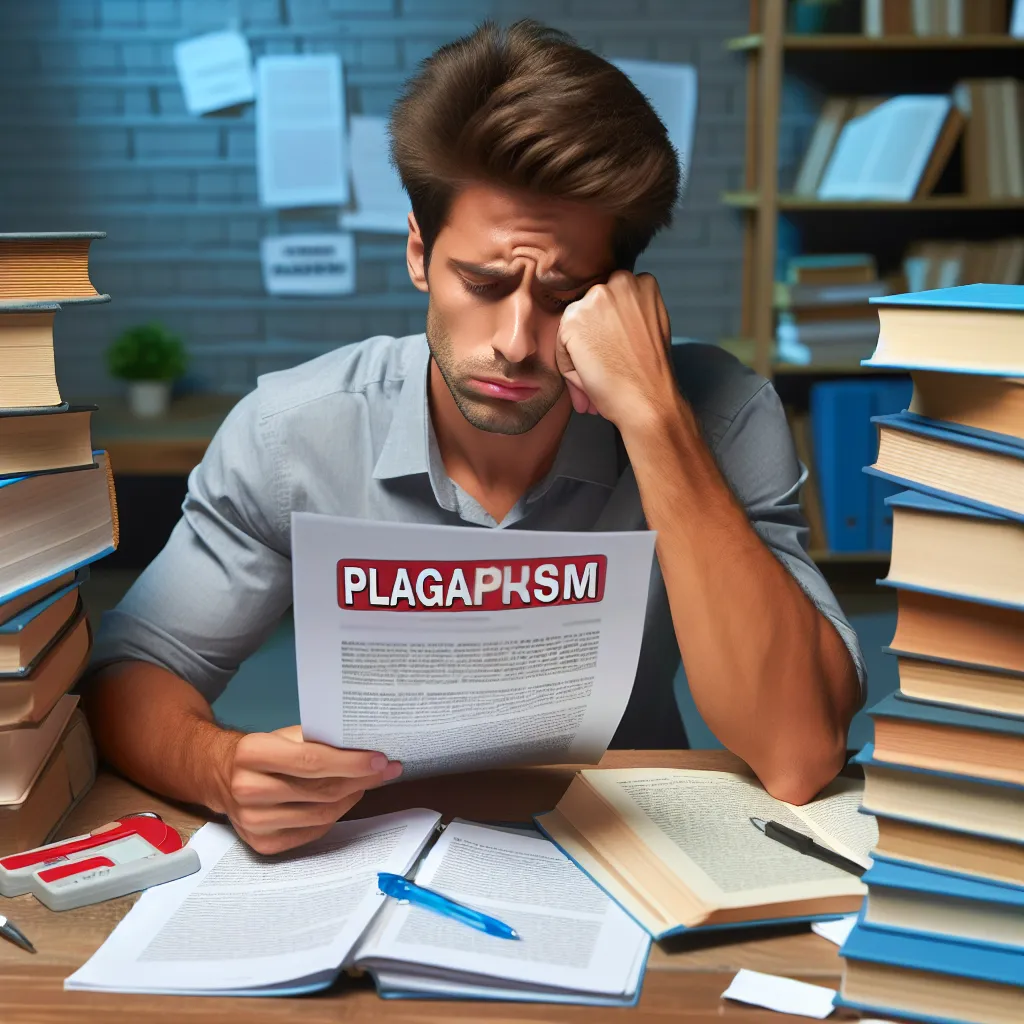
Post your own comment: